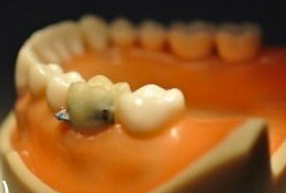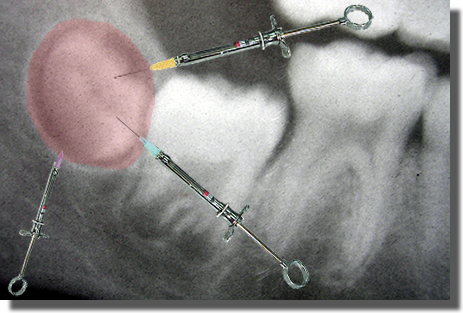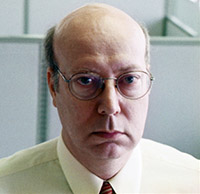
Don’t you love it when corporations pretend to listen to criticism, act like they care about the concerns of consumers, make empty promises? Yeah, I didn’t think so.
In light of all the flak that Procter & Gamble has received in response to our previous entry about plastic in Crest toothpaste that has seen a GINORMOUS readership (thank you to all the hygienists who have been alarmed and continue to share the story!) I thought it might be fun to imagine what the company REALLY would like to say to all of us who are creating a nuisance for them.
From the desk of Dr. Smiley McHappypants, DDS VP Global, Professional and Scientific Relations Procter & Gamble 8700 S Mason Montgomery Rd Mason, OH 45040
To every primadonna dental hygienist,
Here you go again, making a big deal out of nothing. We’re not ignoring the fact that you exist this time, and apparently in our marketing efforts we should have. As an example, here’s the latest Crest TV ad that you’re complaining about:
What is your F*&#ing problem? The actress says her hygienist is awesome, right? Look, we’re agreeing with so many of you who think your dentist is an idiot because they can’t tell whether or not patients have even had their teeth cleaned yet. What’s so insulting about that? Yet over and over, we get requests to take this off the air. Not gonna happen. We have too much money invested in this product line and these advertising spots to worry about what a bunch of worthless tooth-scrapers think.
Yes, I called you a tooth scraper. That’s what we think of you. Your purpose in life is to nag and torment patients. And you whine and complain when we try to OUT YOU for who you really are! We spent more than your lifetime earnings warning consumers about your evil ways with magazine ads like this one:
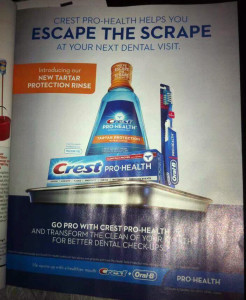
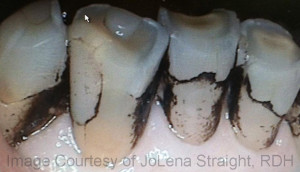
Which brings us to this latest overreaction of yours. Hello? There’s plastic in EVERYTHING! What’s the problem with pretty polyethylene confetti in toothpaste? After all, if your patients swallow it, just tell them to poop. It’ll go away, like fiber. That’s our official line. Plastic is the same as dietary fiber!
When we tested our latest toothpastes, you know, the ones with the new, vibrant names? Be Adventurous? Be Inspired? Be Dynamic? We had many focus groups try the products and they loved them. No one even questioned the plastic. Granted, we didn’t actually tell the users what it was, but since none of them were crunchy granola tree-huggers we didn’t figure they would care. The brown, green, and yellow specks are an important part of the “total product experience.” We want our stakeholders to be happy, and they like the way the unique colors give the toothpaste an exciting aura. It’s all about the feeling, you know.
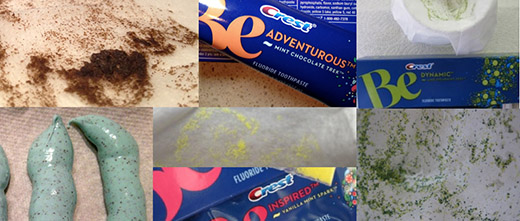
And those specks getting stuck under the gums? Well, honey, it’s your word against ours. We have study after study that proves that plastic doesn’t harm us. Even though the FDA doesn’t specifically approve plastic in toothpaste, it doesn’t ban it either. So there. Just deal with it until we re-tool the plastic-speck-making machine. We’re planning on replacing the plastic with a suitable alternative, that’s what we’ve told you, but it’s on our own timetable. Bottom line, you can push and push, but there is NO WAY IN THE DEPTHS OF HELL THAT WE WILL BE REMOVING ANY TOOTHPASTE FROM RETAIL SHELVES.
Now back the F*#% off. You have no idea who you are dealing with.
Sincerely, Dr. Smiley McHappypants, DDS
In reality, Procter and Gamble has not yet released an official statement about the plastic, but they have been quietly assuaging fears on an individual basis and have informed Crest representatives to state that their products are safe. As for me? I still can’t find a compelling reason to ignore polyethylene when I am still finding it in patient’s gumlines, and have now seen reports from HUNDREDS of dental hygienists who are just now “connecting the dots.”
And sometimes, well sometimes you just have to connect all the dots by melting them down into masses of brown stuff that smell like scorched Wal-Mart bags:
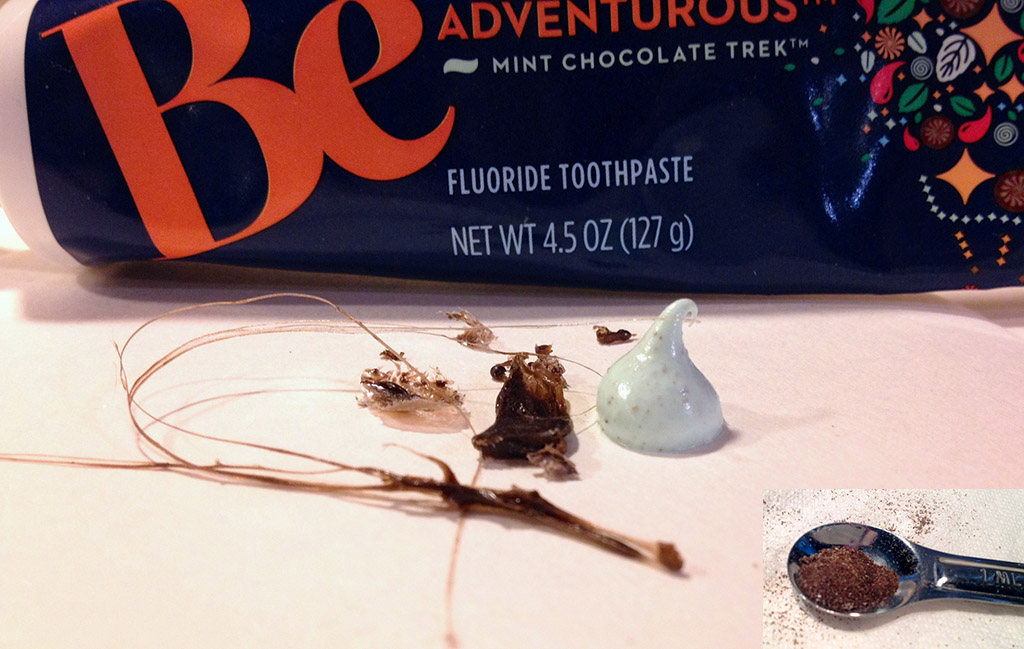
![]()
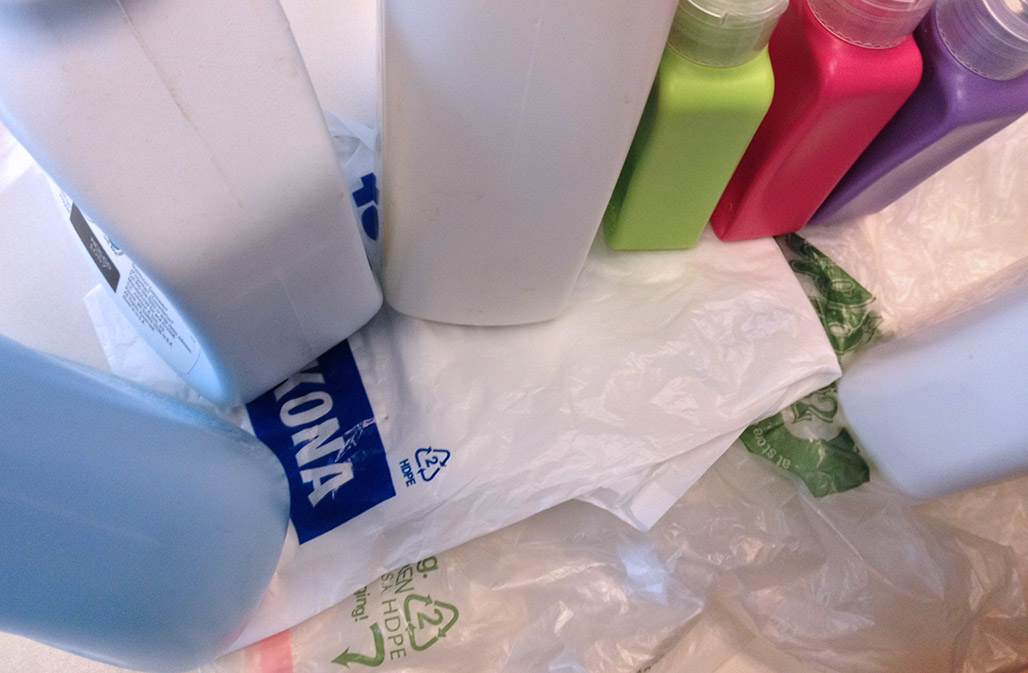
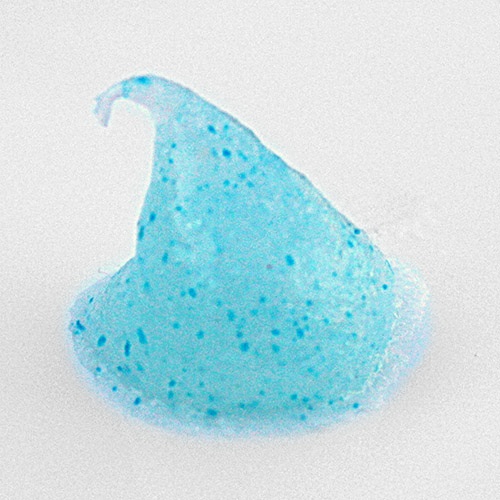
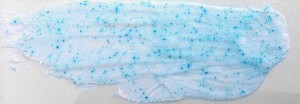
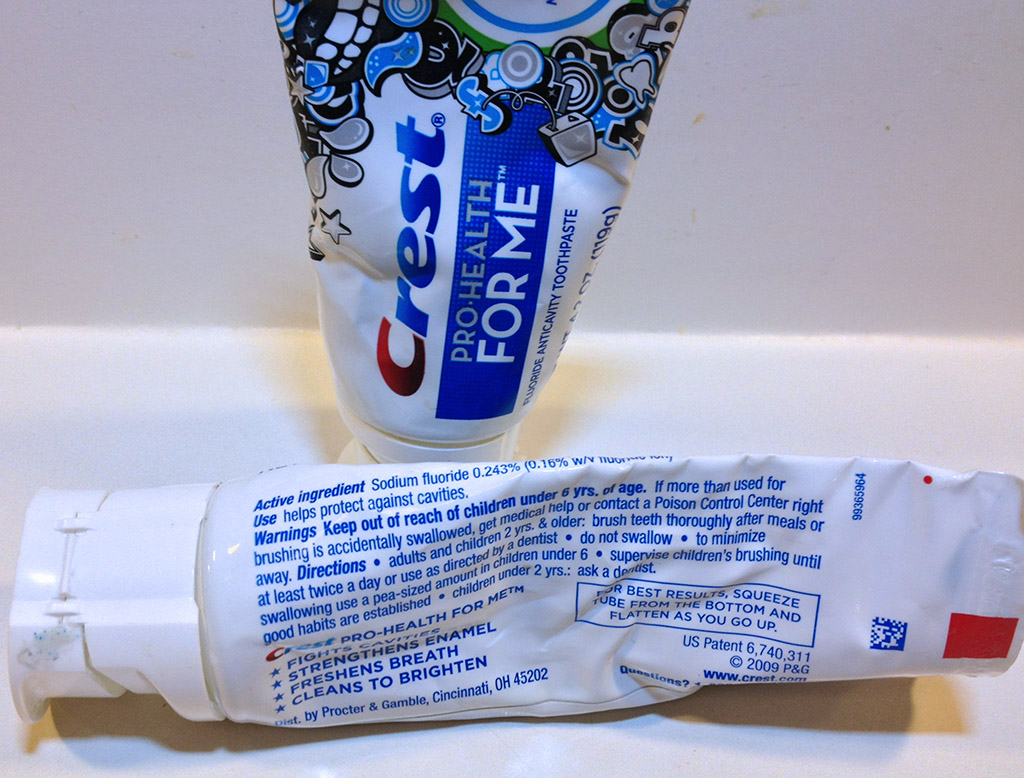
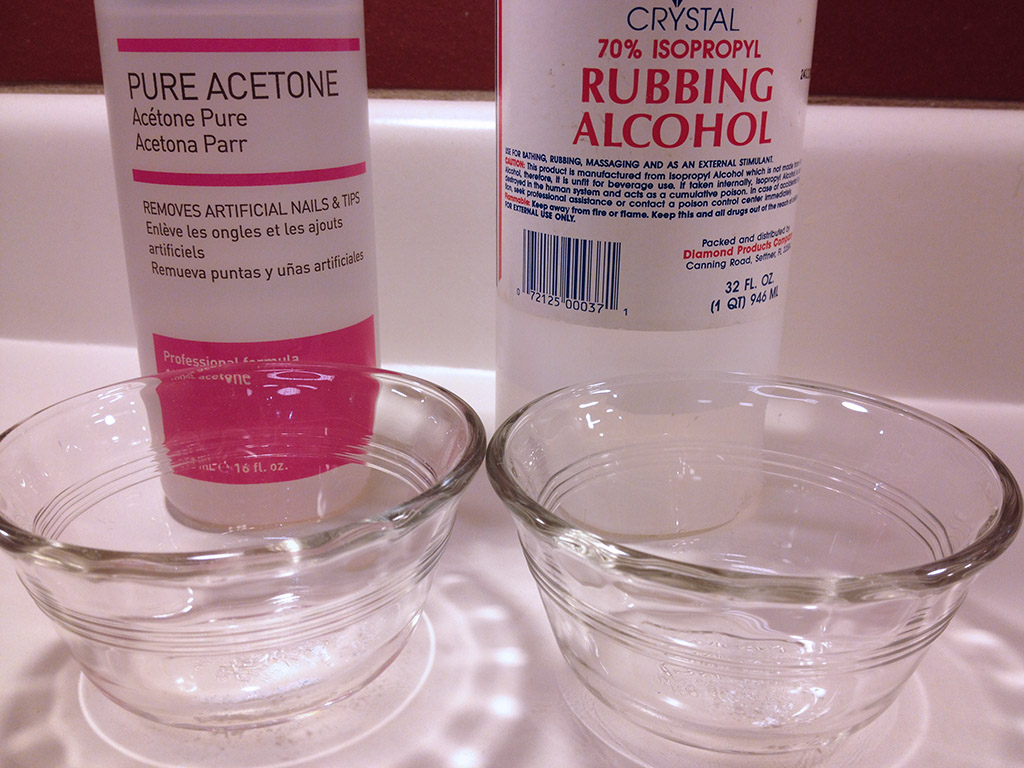
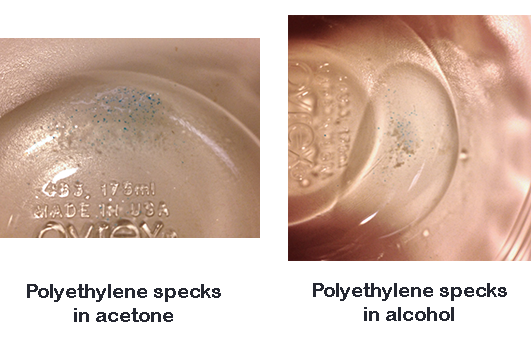
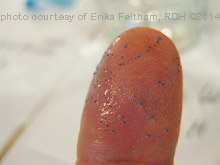
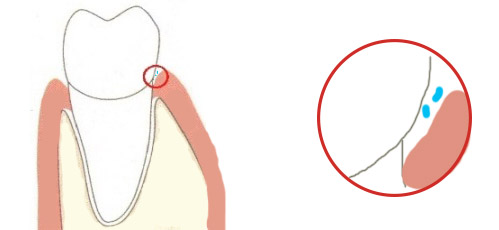
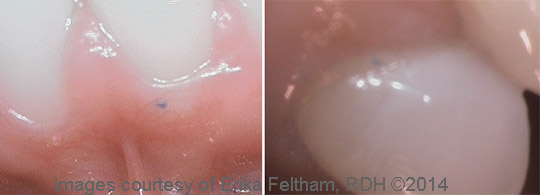

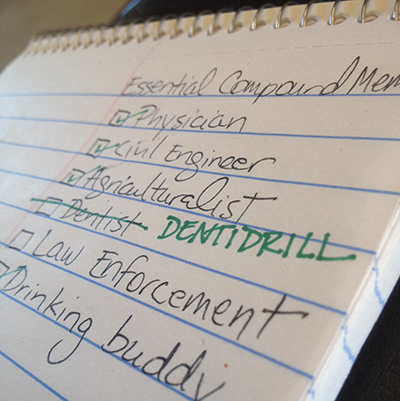
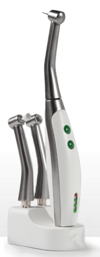 You’d better pre-order soon, though. As soon as the FDA and other authorities get wind of this there will be an immediate shutdown of all shipments. You know how good our government is at shutdowns. Product is supposed to begin its journey to the US tomorrow if it all goes as planned, however.
You’d better pre-order soon, though. As soon as the FDA and other authorities get wind of this there will be an immediate shutdown of all shipments. You know how good our government is at shutdowns. Product is supposed to begin its journey to the US tomorrow if it all goes as planned, however.